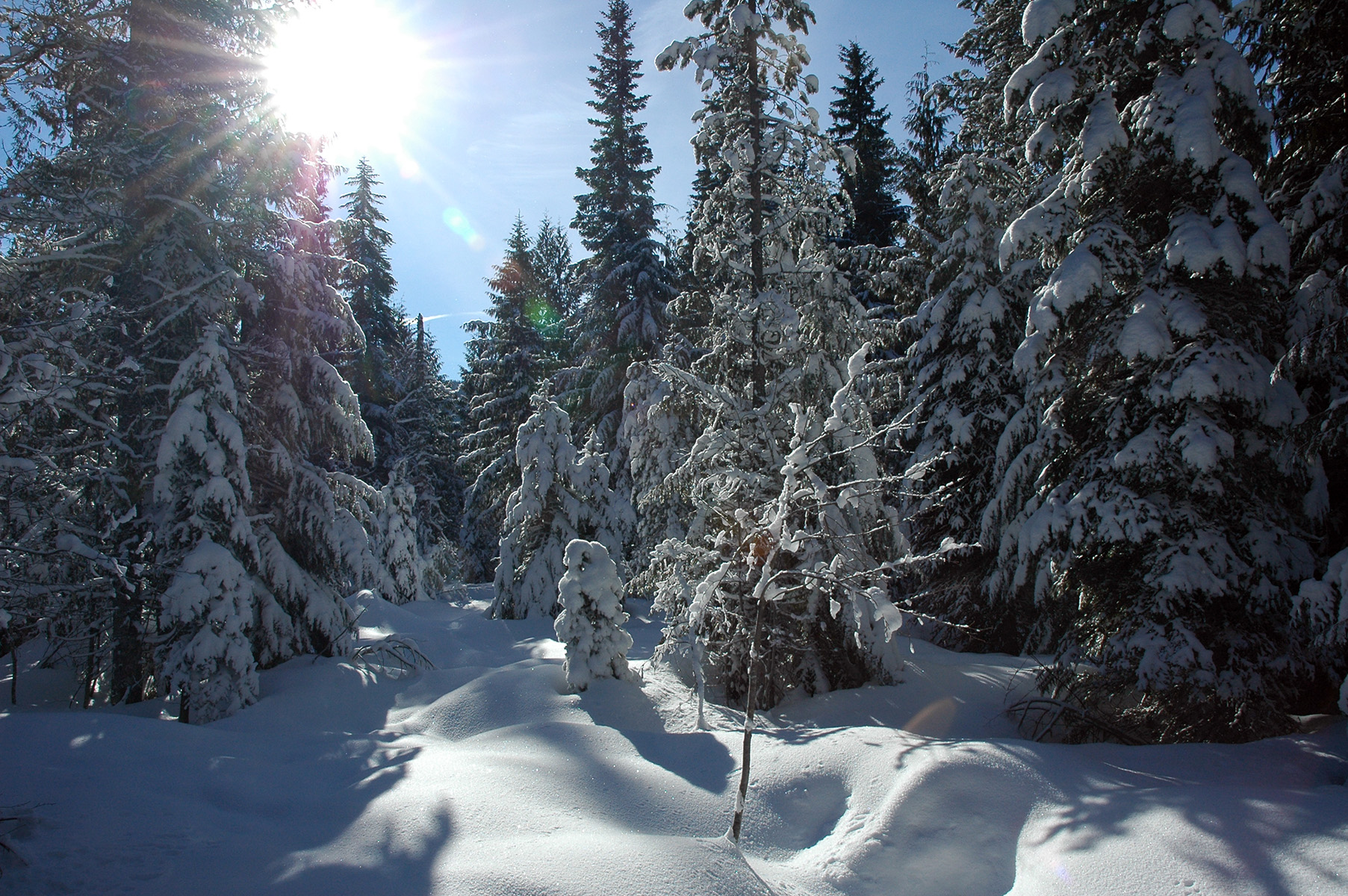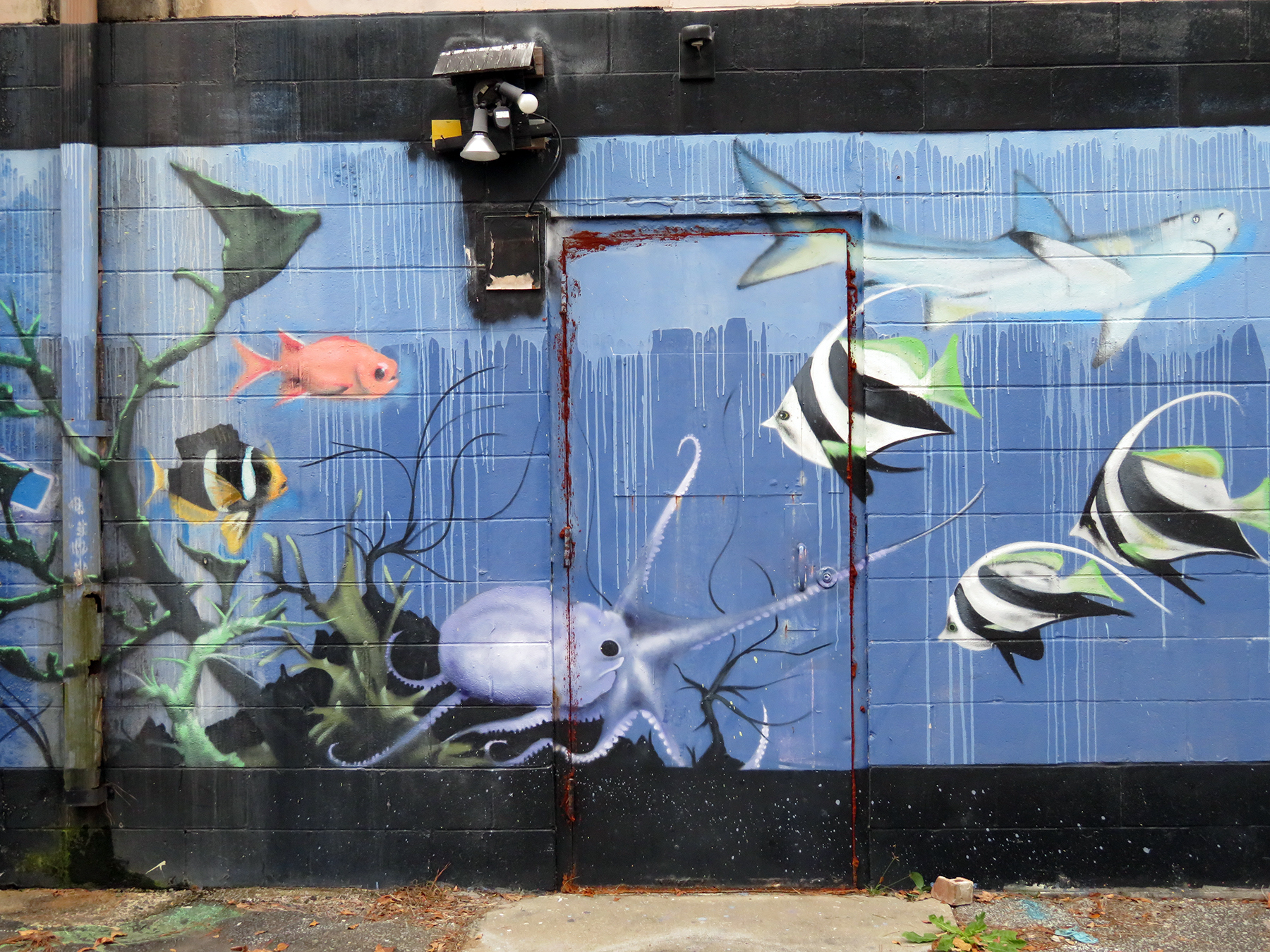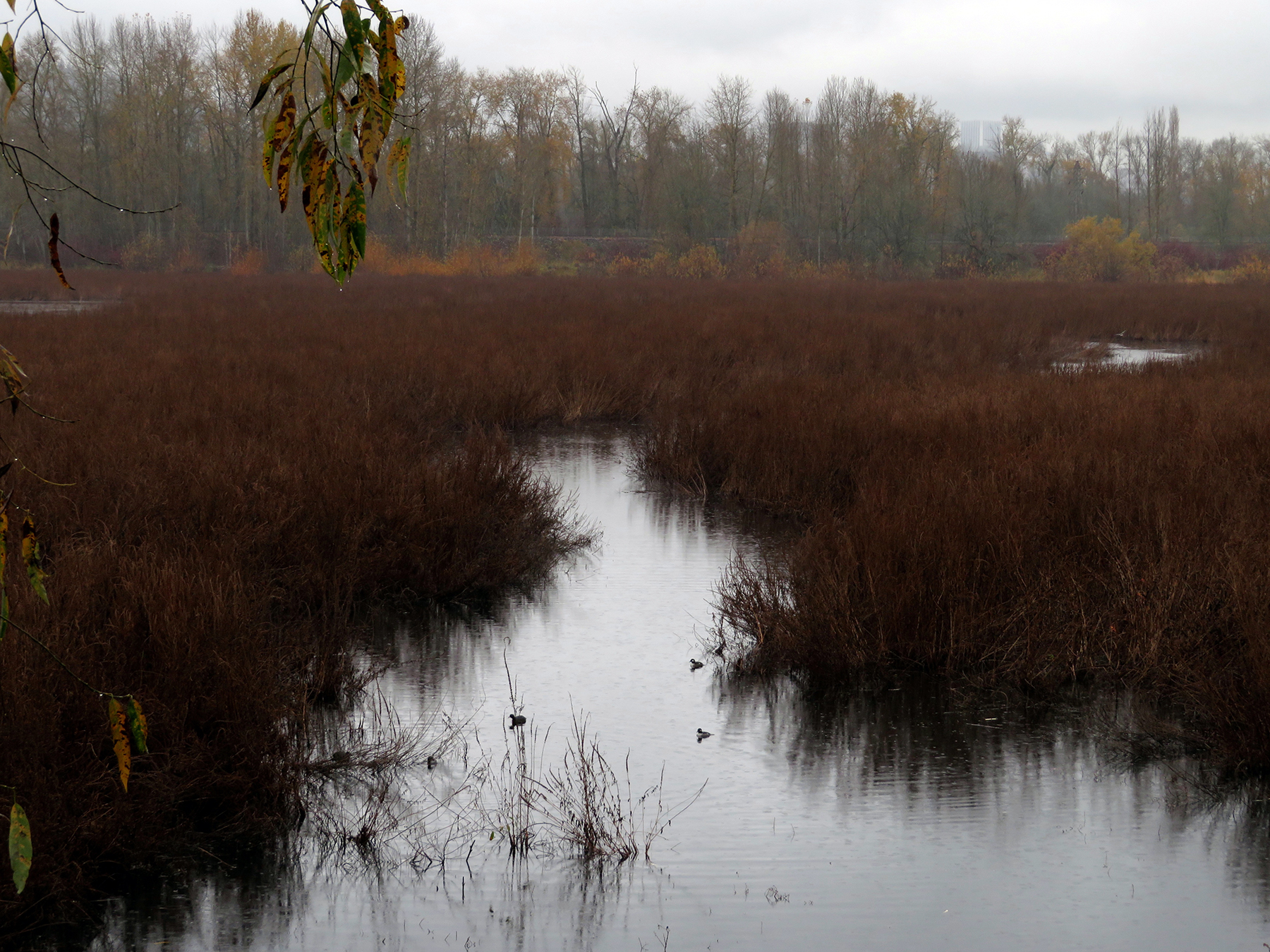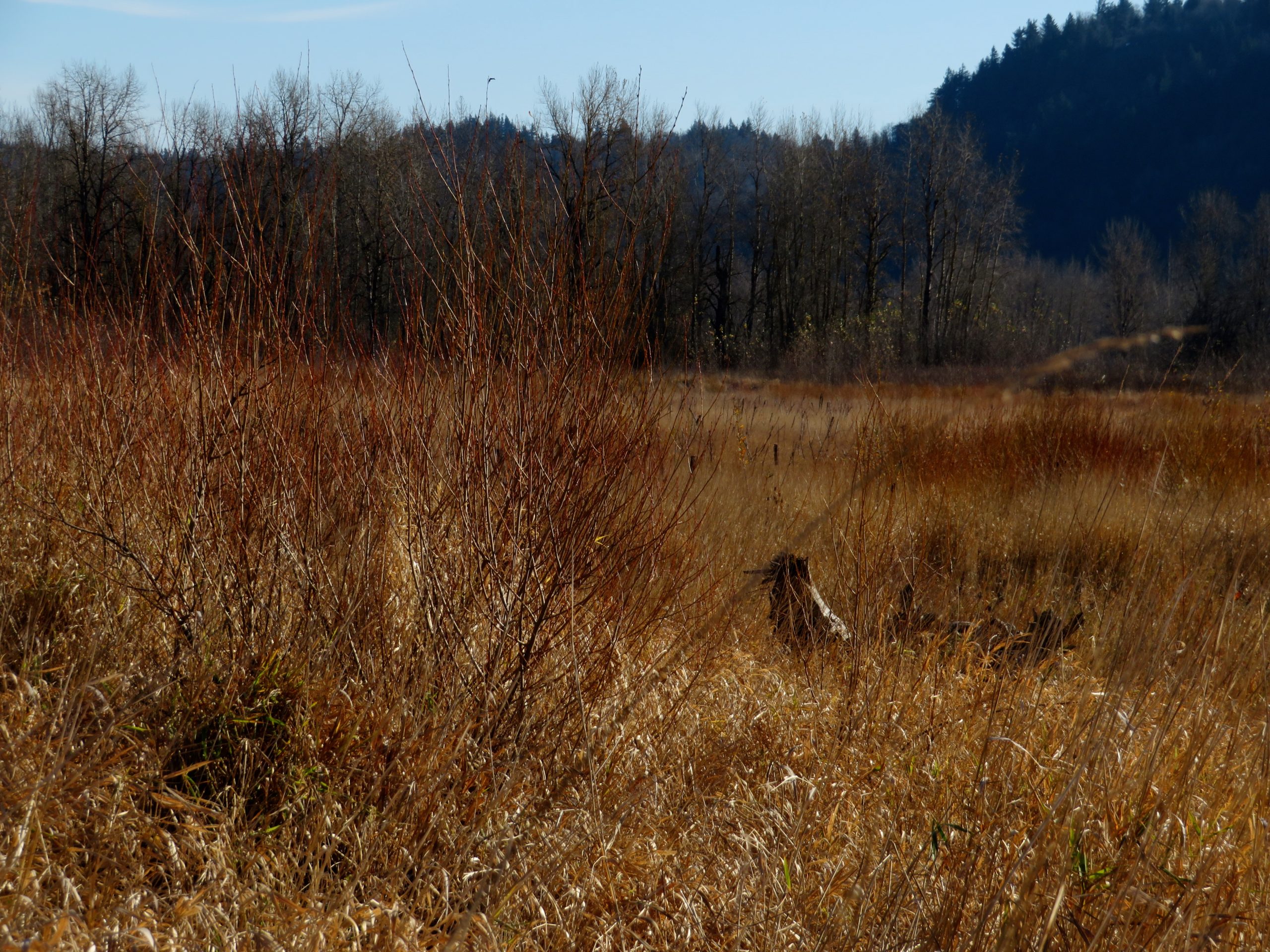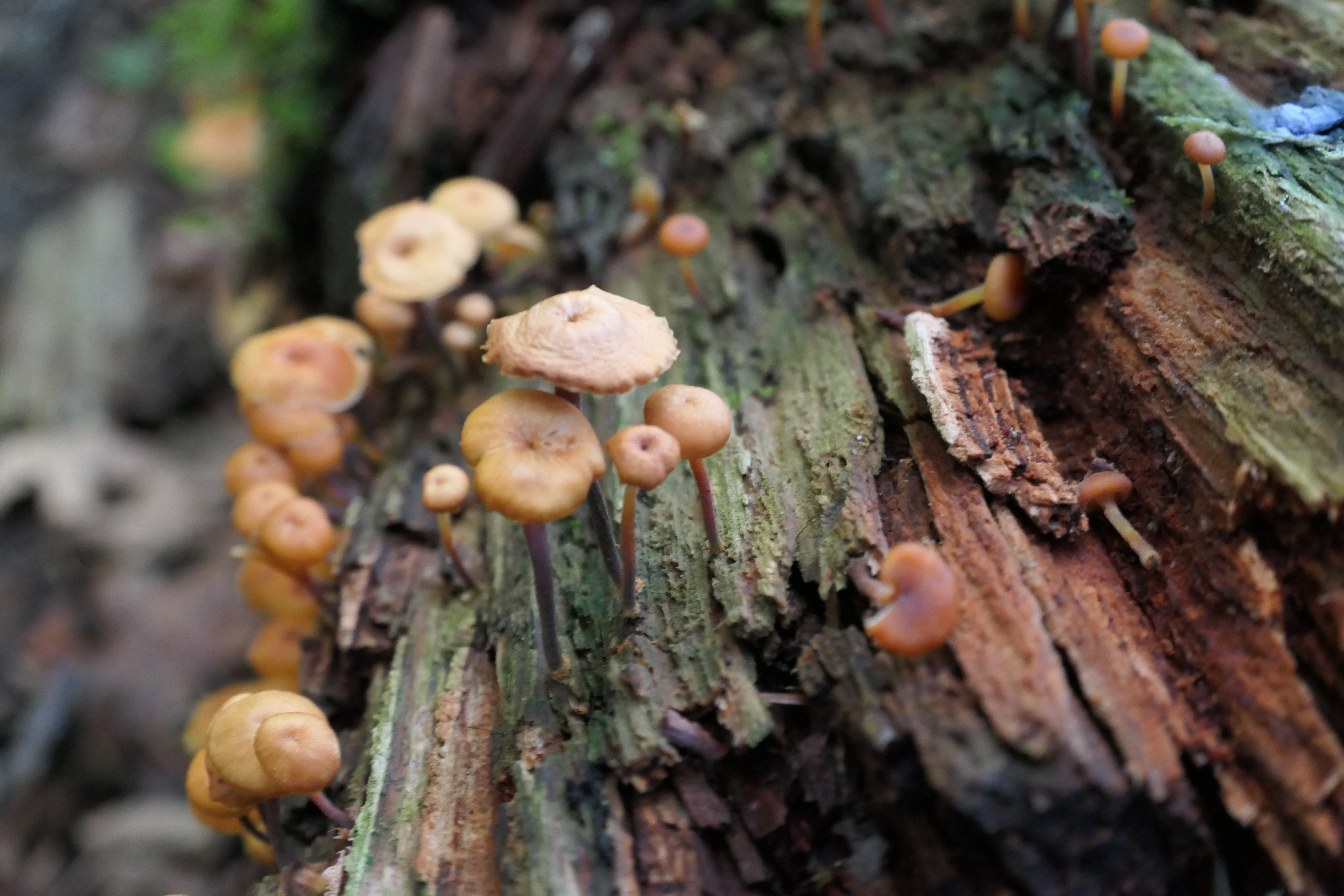Happy New Year to one and all. And what should it be, dear reader, the first weekly topic of 2020? What is the appropriate choice for a year looming in front of us like an iceberg, with the distinct options of either collision or rapid melting, not sure which one would be worse?
Should it be art? Politics? Literature? Nature? A snippet of them all, in combination? I’ll see what I can do.



What I can easily do is recommend a writer, Barry Lopez, who does it to perfection, creating that amalgam of politics and nature in his most recent book Horizon. Others agree: It’s a beautiful, sorrowful autobiographical epic that feels like a final reckoning of sorts: with the difficulty of living a moral life today, with our estrangement from nature, and with the spectacular mess we’ve made of things. There’s not an iota of righteousness or judgment, but instead, abundant reminders of human possibility in desperate times. (You can find the whole conversation between John O’Connor, a journalism professor at BU and Lopez here.)
Lopez has excelled at both fiction and non-fiction writing that concerns the interface between nature and the more domesticated world, with his two early non-fiction works probably known best, Of Wolves and Men (1978) and Arctic Dreams (1986)—the latter a winner of the National Book Award. His writing is valuable for both the explanations he offers as to how we got to where we are, but also for the suggestions, both practical and political, of how we might handle what is in front of us – (which is why I was thinking of him when facing the calendar page with its fresh round numbers…)


I have been using the week between the years, my time “off,” for extended walks in the woods, all around Portland, in contrast to Lopez’ extensive travels to the less explored corners of the earth, but I think the conclusions are the same, no matter where you are: to connect to nature you need to stop controlling it, you need to stop talking and start to listen, start shifting the focus of your attention. This is one of the reasons why I photograph such a variety of things on my walks – not “just” the birds, but the trees, the plants, the vistas, the rivers, with widely distributed attention.

Connecting to nature, to understand what is at stake as well as what can heal, is one of the greatest demands of our time. We might think we are far enough away from the fiery catastrophes unfolding in Australia, or the traumatic floods engulfing Indonesia, but the planet is connected. What we do matters, even in minute ways.

And no, this is not Cassandra Heuer speaking, this is a determined, energized and hopeful citizen of 2020, looking forward to summoning all in solidarity with the goal of protecting what needs protecting. If you don’t have the time to tackle the 500+ pages, here is a lovely comprehensive review of Horizon ending with these words:
Horizon is long, challenging and symphonic. Its patterns only disclose themselves over the course of a full, slow reading. Rhythms rise and surge across 500 pages; recursions and echoes start to weave. This is a book to which one must learn to listen. If one does, then – to borrow phrases from Lopez – “it arrives as a cantus, tying the faraway place to the thing living deep inside us”. He has given us a grave, sorrowful, beautiful book, 35 years in the writing but still speaking to the present moment: “No one can now miss the alarm in the air.”

And talking about something symphonic, here is Dvorak to guide us to a new year, making a new world.
Lopez lives along the McKenzie river in Oregon’s Mt. Hood State Forest. Photographs are from that forest photographed during bygone trips.
And this is me in my rain pants in the new year:” Stay intrepid!” is my resolution.

